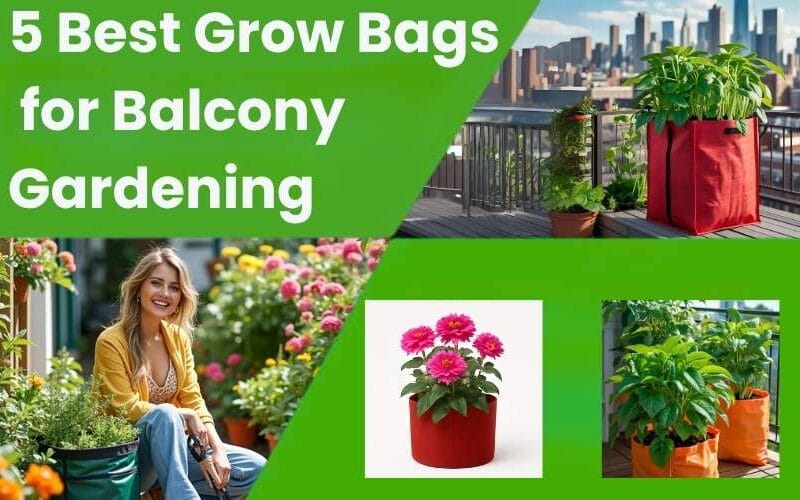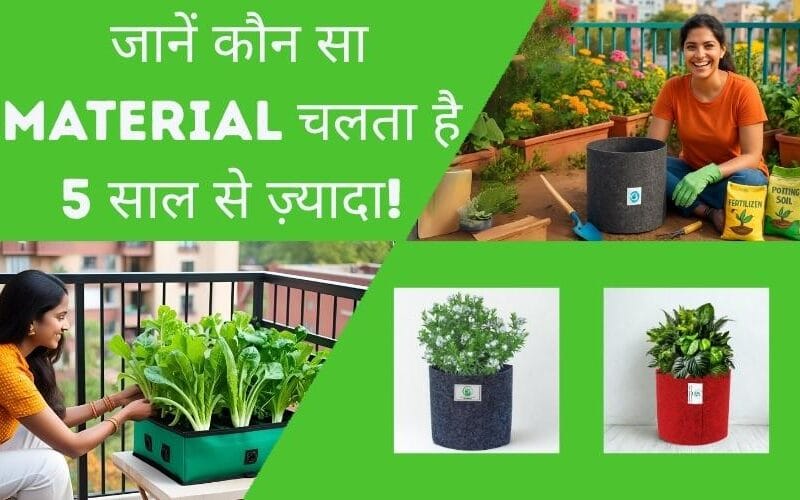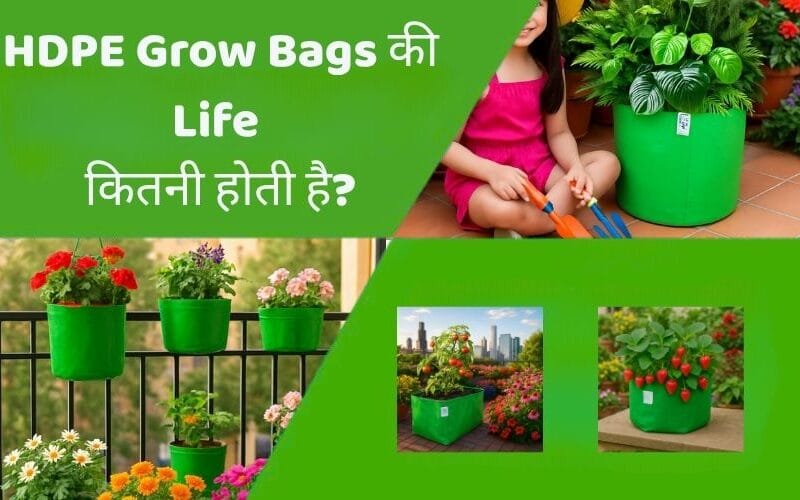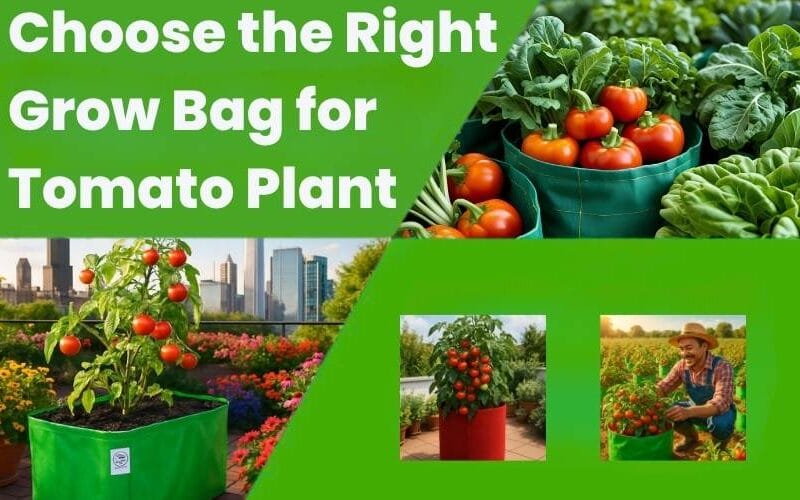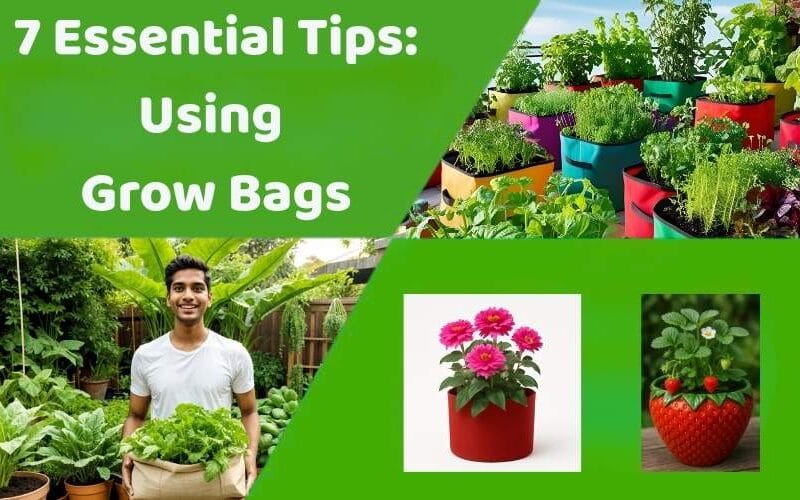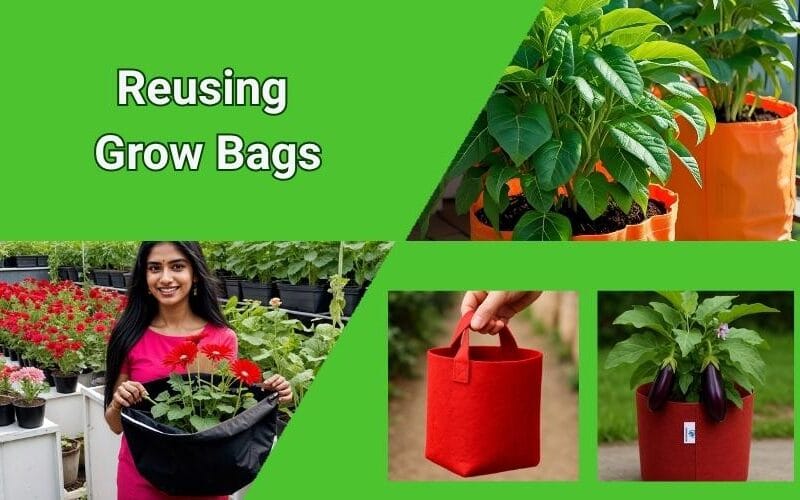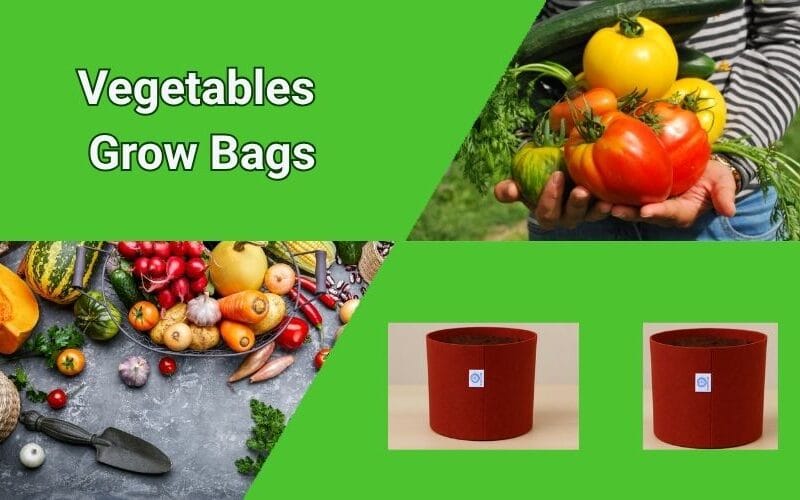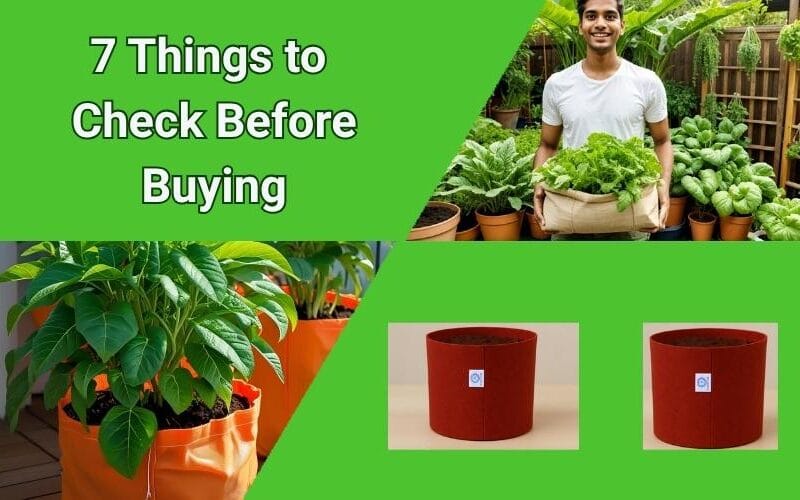How to Use Vegetables Grow Bags at Home: An Easy Guide for Home Gardeners!
Want to grow your own fresh, healthy vegetables right at home? Whether you have a spacious backyard, a small patio, or just a sunny balcony, using vegetables grow bags is one of the easiest and most effective ways to make it happen!
Vegetables grow bags, also known as fabric planters or simply grow bags, are flexible containers that offer numerous advantages over traditional pots or in-ground gardening, especially for home use. They are lightweight, portable, and create a great environment for healthy root growth.
If you’re new to this or wondering about the best way to leverage these fantastic containers, this guide will show you how to use vegetables grow bags at home step-by-step. It’s simpler than you think!
Ready to turn your space into a productive vegetable garden using vegetables grow bags? Let’s get started!
How to Use Vegetables Grow Bags at Home: 5 Simple Steps
Follow these easy steps to successfully use vegetables grow bags and enjoy fresh produce right from your home:
Step 1: Choose the Right Size Vegetables Grow Bags
The first step to effectively use vegetables grow bags is selecting the correct size for the vegetables you want to grow.
Small (1-5 Gallon): Ideal for herbs, lettuce, spinach, radishes.
Medium (7-15 Gallon): Great for peppers, bush beans, eggplant, peas.
Large (20+ Gallon): Best for tomatoes, cucumbers, squash, potatoes, or small fruit bushes/trees.
Matching the bag size to the plant’s root system needs is crucial for healthy growth and yield when using vegetables grow bags.
Step 2: Prepare Your Potting Mix
Don’t fill your vegetables grow bags with just garden soil. Garden soil can become compacted in containers. You need a well-draining, airy potting mix.
Use a high-quality commercial potting mix.
Or create your own: mix equal parts garden soil, compost, and a draining material like perlite or coco coir.
A good potting mix ensures your vegetables grow bags provide the best environment for roots.
Step 3: Fill and Place Your Vegetables Grow Bags
Fill your chosen vegetables grow bags with the potting mix, leaving an inch or two of space at the top. This space prevents soil from washing out when you water. Lightly pat down the soil to remove large air pockets, but don’t compact it heavily. Place the filled vegetables grow bags in their final location before planting, especially the larger ones, as they will be heavy once watered. Choose a spot that gets adequate sunlight (most vegetables need 6-8 hours).
Step 4: Plant Your Seeds or Saplings
Now it’s time to plant!
Seeds: Follow the instructions on your seed packets for planting depth and spacing. Sow seeds directly into the potting mix in your vegetables grow bags.
Saplings/Transplants: Gently remove the plant from its nursery pot. Dig a hole in the potting mix in the vegetables grow bag large enough for the roots. Place the plant in the hole and gently fill soil around it.
This step brings your vegetables grow bags garden to life!
Step 5: Water Thoroughly and Consistently
After planting, water your vegetables grow bags thoroughly until water drains from the bottom and sides. This helps the soil settle and provides essential moisture. Continue to water regularly. Check the soil moisture daily by feeling an inch deep. Water when the top inch feels dry. Vegetables grow bags can dry out quickly, especially in warm weather.
Ongoing Care for Your Vegetables Grow Bags Garden:
Fertilize: Provide nutrients regularly with a balanced liquid fertilizer every 2-3 weeks, as nutrients in the bag can deplete.
Monitor: Check for pests and diseases regularly and address them organically if possible.
Support: Provide stakes or cages for climbing plants like tomatoes or cucumbers in your vegetables grow bags.
👇 Explore more gardening tips in this post
Conclusion:
Learning how to use vegetables grow bags at home is a straightforward process that opens up a world of possibilities for fresh, home-grown produce. By following these simple steps – choosing the right size, using good soil, filling and placing correctly, planting with care, and watering properly – you can set up a successful and productive garden using vegetables grow bags.
It’s a fantastic way to enjoy the benefits of gardening, no matter the size of your living space. Get your vegetables grow bags ready and start growing today!
Grow Bag Size Chart
| Size (L x W x H) | Suitable Plants | Buy Now | |
|---|---|---|---|
| 6x6 inch Geo Fabric | तुलसी, धनिया, पुदीना, अजवाइन, हरा प्याज, गेंदा | Buy Now | |
| 9x9 inch Geo Fabric | तुलसी, मिर्च, धनिया, गुलाब, पोदीना, टमाटर | Buy Now | |
| 8x8 inch Geo Fabric | तुलसी, मिर्च, पुदीना, धनिया, | Buy Now | |
| 24x24 inch Geo Fabric | अंजीर, अमरूद, स्ट्रॉबेरी, ड्रैगन फ्रूट, कीवी, पैशन फ्रूट | Buy Now | |
| 18x9 inch Geo Fabric | पालक, मेथी, धनिया, पुदीना, अजवाइन, हरा प्याज | Buy Now | |
| 18x18 inch Geo Fabric | Strawberry, Lemon, Dwarf Mango, Tomato, Cucumber | Buy Now | |
| 9x9 inch HDPE Green | तुलसी, मिर्च, धनिया, गुलाब, पोदीना, टमाटर | Buy Now | |
| 36x12x12 inch HDPE Green | टमाटर, भिंडी, बैंगन, लौकी, कद्दू, फूलगोभी | Buy Now | |
| 24x9 inch HDPE Green | पालक, मेथी, धनिया, पुदीना, , सिलंट्रो | Buy Now | |
| 24x9 inch Grey | पालक, मेथी, धनिया, पुदीना, हरा प्याज, सिलंट्रो | Buy Now | |
| 24x6 inch HDPE Green | पालक, मेथी, धनिया, पुदीना, हरा प्याज, सिलंट्रो | Buy Now | |
| 24x12x12 inch HDPE Green | टमाटर, मिर्च, बैंगन, भिंडी, हरा धनिया, पालक | Buy Now | |
| 24x12 inch HDPE Green | स्ट्रॉबेरी, अंजीर, नींबू, ब्लूबेरी, लेमन ग्रास, टमाटर | Buy Now | |
| 18x18 inch HDPE Green | Strawberry, Lemon, Dwarf Mango, Tomato, Cucumber | Buy Now | |
| 18x12x9 inch HDPE Green | टमाटर, मिर्च, बैंगन, भिंडी, हरा धनिया, पालक | Buy Now | |
| 18x12x12 inch HDPE Green | टमाटर, मिर्च, बैंगन, भिंडी, हरा धनिया, पालक | Buy Now | |
| 16x10x8 inch HDPE Green | टमाटर, मिर्च, बैंगन, भिंडी, हरा धनिया, पालक | Buy Now | |
| 15x6 inch HDPE Green | Strawberry, Green Chili, Mint, Tulsi, Baby Spinach | Buy Now | |
| 15x6 inch Black | Strawberry, Green Chili, Mint, Tulsi, Baby Spinach | Buy Now | |
| 15x18 inch HDPE Green | Strawberry, Lemon, Mint, Green Chili, Spinach, Coriander | Buy Now | |
| 15x15 inch Red | Strawberry, Lemon, Mint, Green Chili, Spinach, Coriander | Buy Now | |
| 15x15 inch HDPE Green | Strawberry, Lemon, Mint, Green Chili, Spinach, Coriander | Buy Now | |
| 15x15 inch Black | Strawberry, Lemon, Mint, Green Chili, Spinach, Coriander | Buy Now | |
| 12x6 inch HDPE Green | Mint, Tulsi, Coriander, Green Chili, Baby Spinach | Buy Now | |
| 12x18 inch HDPE Green | Buy Now | ||
| 12x16 inch HDPE Green | Strawberry, Lemon, Green Chili, Mint, Spinach, Coriander | Buy Now | |
| 12x12 inch Red | Strawberry, Green Chili, Mint, Coriander, Baby Spinach | Buy Now | |
| 12x12 inch HDPE Green | Strawberry, Green Chili, Mint, Coriander, Baby Spinach | Buy Now | |
| 12x12 inch Grey | Strawberry, Green Chili, Mint, Coriander, Baby Spinach | Buy Now | |
| 12x12 inch Black | Strawberry, Green Chili, Mint, Coriander, Baby Spinach | Buy Now | |
| 12x10 inch HDPE Green | Strawberry, Green Chili, Mint, Coriander, Baby Spinach | Buy Now | |
| 10x6 inch HDPE Green | Mint, Tulsi, Coriander, Green Chili | Buy Now | |
| 10x10 inch Red | Mint, Tulsi, Coriander, Green Chili | Buy Now | |
| 10x10 inch HDPE Green | Mint, Tulsi, Coriander, Green Chili | Buy Now | |
| 10x10 inch Grey | Mint, Tulsi, Coriander, Green Chili | Buy Now | |
| 10x10 inch Black | Mint, Tulsi, Coriander, Green Chili | Buy Now |
Vegetables Grow Bags at Home – Frequently Asked Questions (FAQs)
Q1: Can I grow any vegetable in vegetables grow bags at home?
A: Almost any vegetable can be grown, provided you choose a large enough size vegetables grow bag for the plant’s root system.
Q2: What is the best soil mix for vegetables grow bags?
A: A light, well-draining potting mix containing compost and a draining material like perlite or coco coir is ideal for vegetables grow bags.
Q3: How often should I water plants in vegetables grow bags?
A: Check the soil daily. Water when the top inch is dry, ensuring water drains out the bottom. Frequency varies with weather and plant needs.
Q4: Are vegetables grow bags reusable?
A: Yes, good quality fabric vegetables grow bags are durable and can be reused for several gardening seasons if cleaned and stored properly.
Q5: What are the main benefits of using vegetables grow bags at home?
A: Benefits include portability, excellent drainage and aeration, prevention of root circling, and efficient use of space, making them ideal for home gardening.
Q6: Do I need to fertilize plants in vegetables grow bags?
A: Yes, regular fertilization is usually needed because nutrients can wash out of the potting mix over time in vegetables grow bags.



